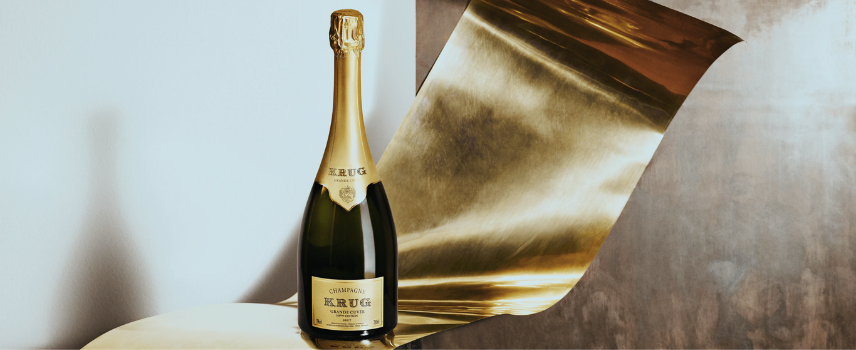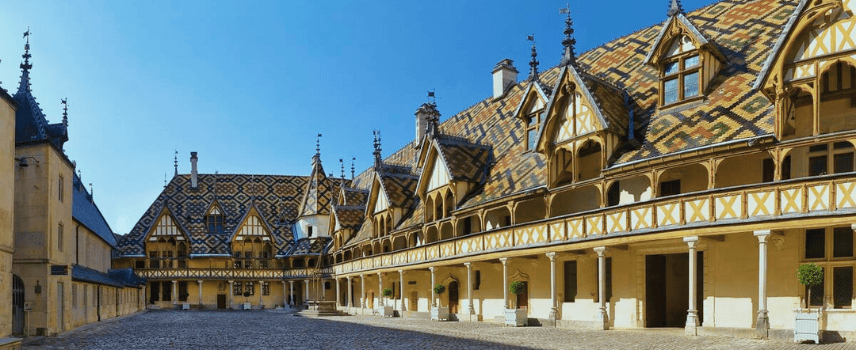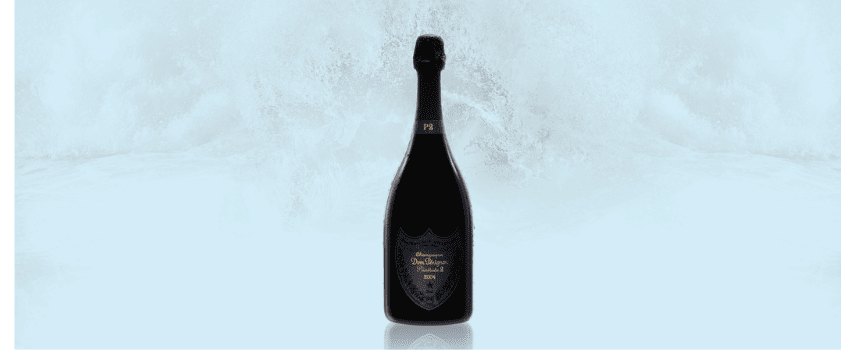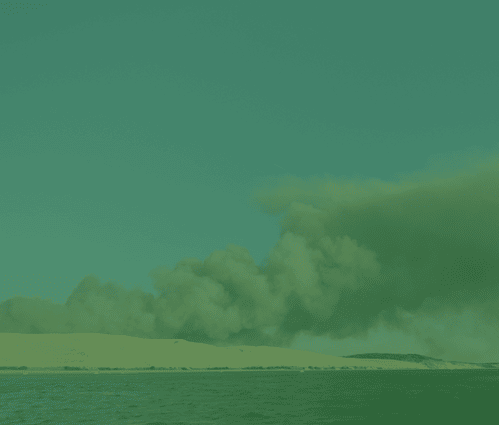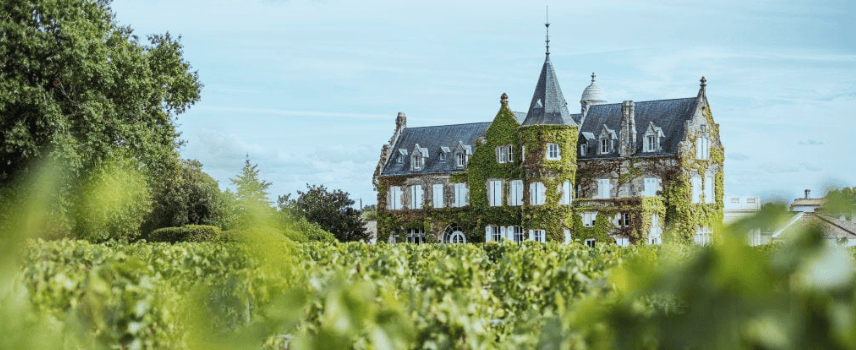The greatest risk for many investors today is – undoubtedly – the climate crisis. Each year the planet warms by 0.018 degrees Celsius[1]. And the past six have been among the hottest since records began. The resulting floods, fires and changing biodiversity are impacting nearly all asset classes and investment types. By 2050, climate change is anticipated to restrict global GDP by 14%[2].
For investors in fine wine, the rising heat could signify the end of an era for some of the greatest flavours, adding further scarcity to valuable bottles. On the other hand, the changing temperatures could offer interesting opportunities elsewhere.
In this article, we’ll uncover the major threats and opportunities for fine wine investors.
Scarcity will make much-loved bottles more valuable
Vineyards across Southern Europe and wine regions of North America are facing an uphill battle trying to mitigate the effects of climate change. In August 2022, an unprecedented hailstorm tore through Châteauneuf-du-Pape vineyards in France. The 120 mile-per-hour wind destroyed up to 90% of the vines in some of the most celebrated plots. So extreme was the storm that one vineyard owner described the scene as ‘completely shredded’ and ‘not a leaf is left'[3].
On the other end of the spectrum, extreme heat waves combined with drought in the summer provoke catastrophic forest fires. While only a small number of vineyards are caught up in the blaze, the resulting smoke can disrupt the delicate flavours and quality of the wine. Smoke taint – the ashy taste that lingers – can render entire harvests useless, leaving assets stranded. Even prized and world-famous regions like Bordeaux are feeling the painful financial impact.
It seems inevitable that many of the most-loved wines will become less and less available in the future. What this means for investors is that already-rare bottles are likely to become even more scarce and sought-after. Fine wine is already a limited and depleting asset, which climate change exacerbates. What’s more, as hungry new collectors enter the market, demand could even further outstrip supply, further raising the value of fine wine.
What’s more, according to 2021 data from Knight Frank, the average fine wine investment has returned a staggering 127% over ten years. Sticking to the strategy almost always pays off.
New flavours may be hard for investors to stomach
Even for regions without droughts or forest fires, climate change can seriously impact the flavour of wine. This is because the lack of water irrigation, combined with heat waves creates more sweetness and less acidity in the grapes. To avoid the wine becoming too sweet, producers may need to harvest early, which risks missing out on characteristic and valuable secondary flavours.
Not only could iconic wines now start to lack their defining volume, but the added sweetness could mean different varieties taste more alike. For wine lovers, who may enjoy certain brands or pride themselves on detecting notes, this development could be hard to stomach. There is a serious investment risk that future bottles could lose value, compared to their ancestors.
To avoid this cultural and financial damage, some regions are now lifting regulations to allow irrigation. In August 2022, for example, the Institut National de l’Origine et de la Qualité gave special dispensation for three sites in Bordeaux to water their vines. What this means for investors is still unclear. Depending on the success of regulations and irrigation systems, future harvests may yet retain their distinctive taste and value.
Another intriguing development triggered by climate change is the renewed focus on hybrid grapes. As famed vineyards look to adapt and mitigate against extreme weather, producers are working side-by-side with scientists to create more resilient grapes. While many critics remain sceptical, hybrid grapes could help vineyards restore some of their former glory..
Exciting investment opportunities are entering the scene
There are not many silver linings to the catastrophic climate situation. However, for investors in fine wine, there is a unique and exciting opportunity to buy new varieties early. As the planet warms, new terrains are opening, in previously unthinkable places.
Incredibly, vineyards are popping up in the UK, Belgium, Norway, and Sweden. In the UK, the wine real estate market is enjoying unprecedented growth, with land selling for £25,000 per acre[4]. English land dedicated to winemaking has more than doubled in the past eight years and looks set to continue[5]. As increasing numbers of producers and investors snatch up these pockets of land, it seems likely that the British wine scene is about to mature. Sparkling wines in particular, such as those produced in Sussex are exploding in popularity, with some critics describing the taste as comparable to Champagne. As of July 2022, sales of English and Welsh wine have surged by 69% from 2019[6]. Whether this boost will translate over to the fine wine market has yet to be seen, but with the warmer climate, British bottles could prove to be an interesting investment opportunity.
Vineyards with a sustainable focus look promising
Of course, the impacts of the climate crisis go far beyond the physical weather changes. Consumers are increasingly looking at the sustainability of their products too and thinking about how their money affects the planet. According to 2022 research, 48% of US alcohol drinkers say that they’re more likely to buy bottles if they see the company has sustainable or environmental initiatives[7].
In many ways, fine wine investments are already good for the environment, which is good news for the market. And it seems that those vineyards with extra sustainable initiatives in place could be even better positioned to capitalise on this trend.
[1] Source: Visual Capitalist
[2] Source: SwissRe
[3] Source: Wine Spectator
[4] Source: Spears Wealth Management
[5] Source: Wine GB
[6] Source: Wine GB
[7] Source: IWSR
